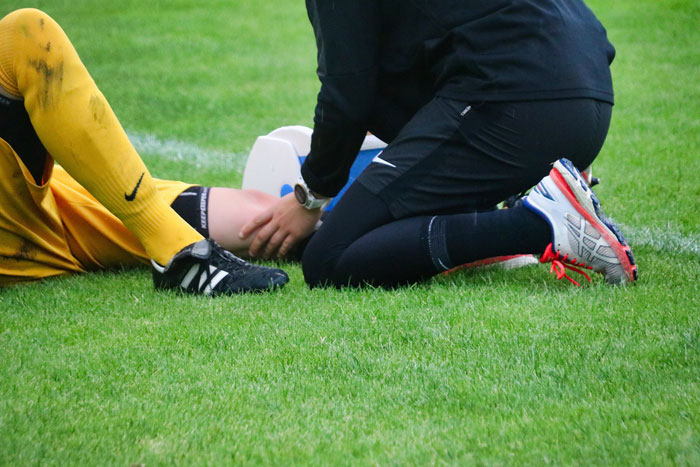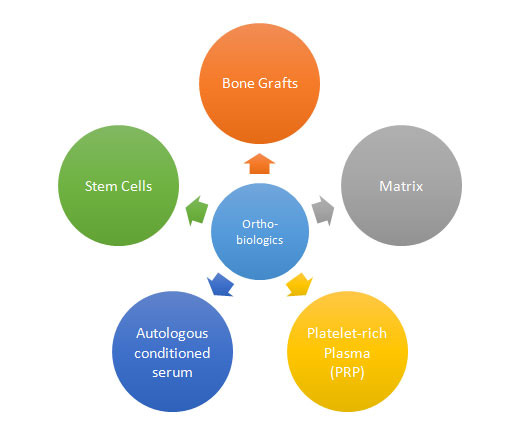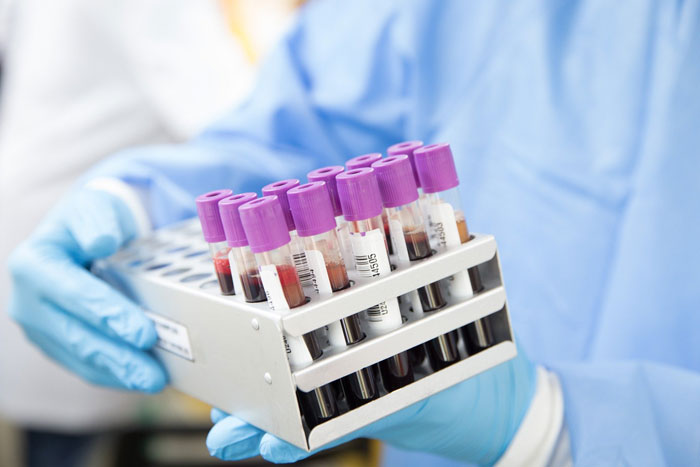© Copyright 2019. Regrow Biosciences Pvt Ltd. All Rights Reserved
Blog
© Copyright 2019. Regrow Biosciences Pvt Ltd. All Rights Reserved
Blog
Orthobiologics
13th November 2021
After sustaining a sports injury, most patients are eager to return to their pre-injury level of sporting activities. But sometimes, sports injuries can be severe and can require a long time to heal. It is where the orthobiologics come into the picture. The term 'orthobiologics' refers to the use of biological substances to heal orthopedic injuries faster.

What are orthobiologics?
Orthobiologics include bone grafts, platelet-rich plasma (PRP), bone marrow aspirate, autologous serum, and stem cells. They are used to promote the healing of fractured bones, injured muscles, tendons, and ligaments.
Othobiologics can be of two types:
For instance, platelet-rich plasma (PRP) is obtained from the patient's own blood.
For example, stem cells are harvested from a matching donor.
What are the different types of orthobiologics?


Autologous conditioned serum (ACS) has proven effective in treating various orthopedic conditions such as knee osteoarthritis and lumbar radiculopathy. It is prepared by incubating blood in 5% carbon dioxide (CO2) for 24 hours. After incubation, the blood is centrifuged to obtain ACS. However, human studies involving the use of ACS are limited, and further research is required.
What is the future of orthobiologics?
Researchers are developing newer orthobiologics every day. For instance, scientists are trying to create a bone glue that can fuse bones and promote healing. However, further studies are required before bone glue can be commercially available. The currently available orthobiologics such as platelet-rich plasma and stem cells have great potential.
Orthobiologics provide significant advantages such as:
Thus, orthobiologics have provided a vast array of options to treat musculoskeletal disorders.